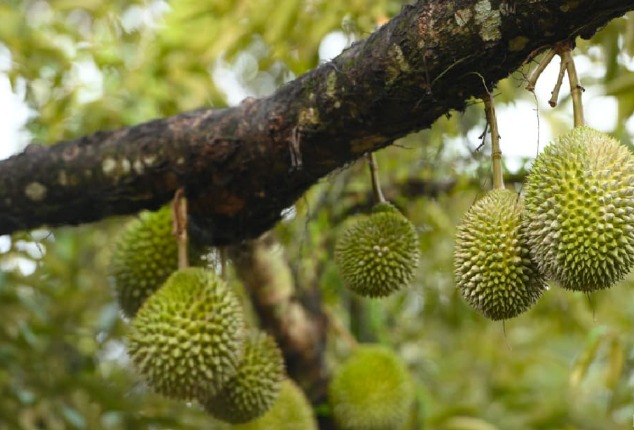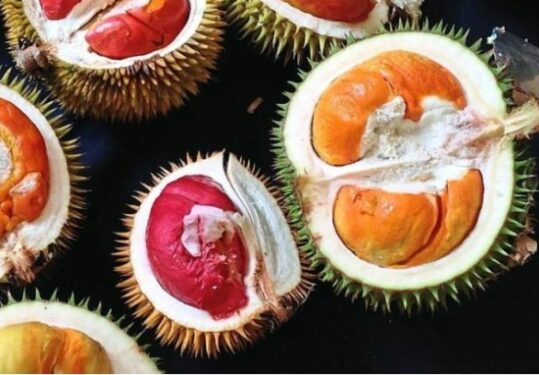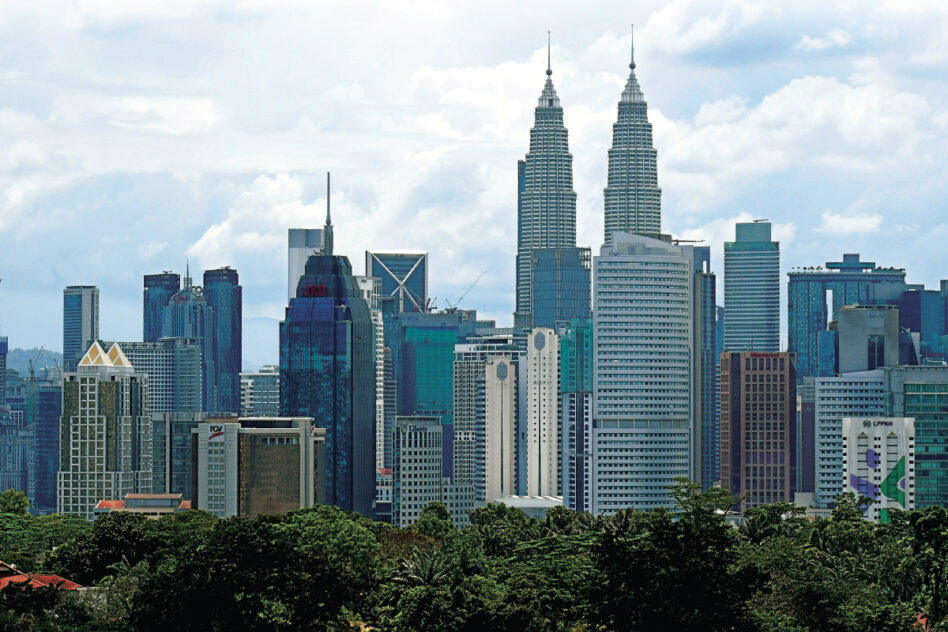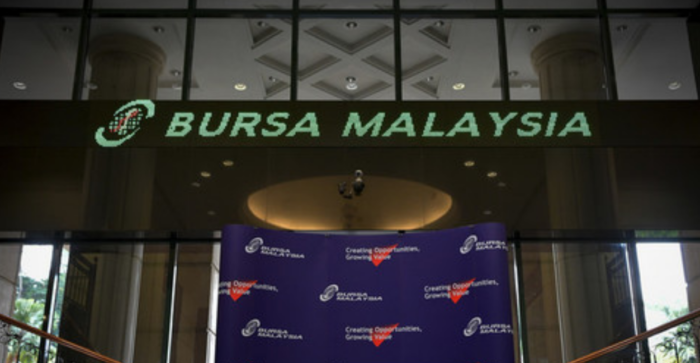WHILE more oil palm plantation companies are venturing into durian cultivation, the cultivation of durian which is on a much smaller scale is unlikely to threaten the former given that the king of fruits are grown on a much smaller scale and is only regarded as a secondary source of income.
In fact to make the venture into durian cultivation profitable, there is a need to consider larger-scale planting which is both labour-intensive and has a high failure rate, according to UOB Kay Hian Research.
“At this point, FGV Holdings Bhd has allocated 1,398 hectares for durian and this is its largest project. Meanwhile, IOI Corp Bhd has planted about 3ha at its Sagil Estates back in 1995 and plans to increase to 200ha by 2025,” observed analysts Leow Huey Chuen and Jacquelyn Yow in a plantation sector update.
“The big wave of durian cultivation came during 2017 when durian prices surged on high China demand and low CPO (crude palm oil) prices.”
As it is, palm oil companies are looking into alternate cash crops as an alternate source of income and to mitigate earnings volatility due to volatility of palm oil prices.
“Durian and pineapples are the two major cash crops that most companies are venturing into. These alternate cash crops are mainly cultivated on marginal/hilly areas which are not the optimum site for oil palm to be re-planted on,” explained the research house.
In 2020, of the 76,895ha of land planted with durian trees, some 40% were occupied by the Musang King variety. This made up only 1.3% of total oil palm planted area of 5.74 million ha as of end-2021. The largest durian farm is about 2,500 acres (1,011ha).
Generally speaking, durian trees will start fruiting in their fifth year (vs oil palm at year three) before reaching their peak in the eighth year.
At this juncture, durian cultivation is still labour intensive which requires one worker for every 6ha-8ha for flat land or one for every 2ha-3ha for hilly areas.
“The success rate may be low if the planting is not properly planned. Thus, not all investment in durian will yield a return. Only 50% of durian trees remain after six years and this could go as low as only 25%,” cautioned UOB Kay Hian Research.
The only durian-related listed company on Bursa Malaysia today is PLS Plantations Bhd with its core businesses in plantation, trading and construction. Its plantation segment includes forest plantation, oil palm plantations and durian plantations whereby its durian plantation contributes less than 4% of its total segment revenue.
Reiterating its “market weight” on the plantation sector, UOB Kay Hian Research said palm oil will still be the primary crops for plantation companies although more are venturing into other cash crops or cattle farming.
“We are expecting CPO prices to stay sideways with downside risk if US soybean yield turns out to be better despite drier weather and Brazil’s next soybean planting could be at a record high production,” projected the research house.
There are no near-term catalysts for plantation share price performance with the exception of IOI Corp and Hap Seng Plantations Holdings Bhd where we expect their financial performance to outperform peers’ and supportive to share price performance.” – Aug 23, 2022











